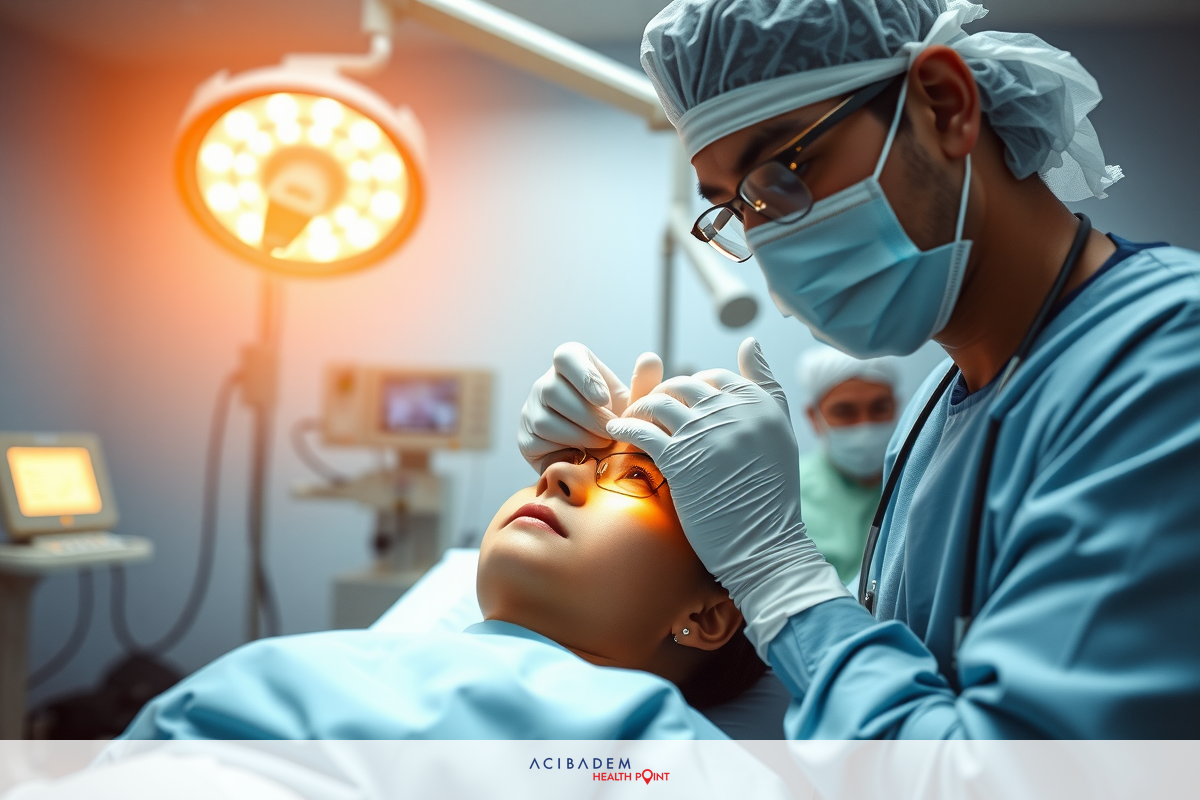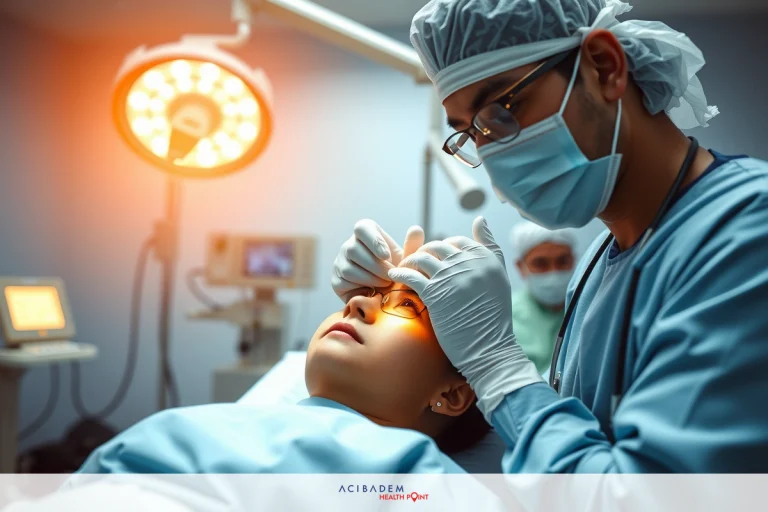How Much Should I Pay for Rhinoplasty Surgery?
How Much Should I Pay for Rhinoplasty Surgery? Rhinoplasty surgery is a procedure that modifies the structure of the nose for cosmetic or functional reasons. The cost for this surgery can vary greatly depending on various factors such as the complexity of the procedure, the expertise of the surgeon, and the region in which it is performed.
Understanding these costs are essential to making an informed decision about undergoing surgery. This article aims to provide potential patients with a general idea of how much they should expect to pay for rhinoplasty. Furthermore, it will shed light on different payment options and financing plans available for those considering this type of surgery.
Factors Affecting the Cost of Rhinoplasty Surgery
The cost of rhinoplasty surgery can be influenced by a variety of factors. One of the most significant is the complexity of the procedure itself. Rhinoplasty can range from minor adjustments to major reconstructions. Procedures that require more time and skill from the surgeon typically come with a higher price tag. For example, revision rhinoplasty, which is performed to correct issues from previous surgeries, often costs more due to its complex nature.
Another considerable factor in rhinoplasty surgery cost is the surgeon’s expertise. As with many services, you often pay for experience. Surgeons who have spent years honing their skills and achieving successful outcomes typically charge more for their services. This is not only because of their enhanced skill level but also because they are likely to reduce the risk of complications and provide a more satisfactory result.
Geographical location also plays a role in determining the cost of rhinoplasty surgery. Prices can vary widely from region to region. For instance, performing the same procedure in a metropolitan city with a high cost of living might be significantly more expensive compared to a smaller city or town. Additionally, the type of facility where the surgery is performed could also impact the total cost. Private surgical suites may offer more personalized care but at an added expense compared to hospitals or outpatient surgical centers.
It’s important to remember that while cost is an important consideration, it should not be the sole deciding factor when considering rhinoplasty surgery. The surgeon’s experience, the safety of the facility, and your comfort with both should also play a significant role in your decision-making process.

How Much Should I Pay for Rhinoplasty Surgery?: Average Cost of Rhinoplasty Surgery
When considering the average cost of rhinoplasty surgery, it’s essential to understand that this figure can vary widely. The average price often cited in various reports can be misleading as it usually only covers the surgeon’s fee. However, the total cost of rhinoplasty surgery will typically include additional charges such as anesthesia fees, hospital or surgical facility costs, medical tests, post-surgery garments, and prescriptions for medication.
According to several sources, the surgeon’s fee for rhinoplasty can range anywhere from $3,000 to $15,000. This broad range reflects the factors we’ve previously discussed such as the complexity of the procedure, the surgeon’s experience, and the geographical location. Therefore, prospective patients should bear in mind that the lower end of this range would typically apply to more straightforward cases performed by less experienced surgeons in regions with a lower cost of living.
It is also important to mention that many clinics offer package deals for rhinoplasty surgery. These packages often include all the associated costs such as surgical facilities fees, anesthesia fees, and post-operative care. While it might seem beneficial upfront to pay a single package price, patients should inquire about what
exactly is covered in these packages. Although these packages can simplify the payment process, they might not always provide a comprehensive picture of the total cost if any unforeseen complications arise. Therefore, transparency about what is included and what might incur additional charges is crucial when considering these package deals.
How Much Should I Pay for Rhinoplasty Surgery?: Payment Options and Financing
Understanding the various payment options and financing plans for rhinoplasty surgery can help make the procedure more accessible. The first step is to check with your health insurance provider to determine what coverage, if any, they offer for rhinoplasty. While most health insurance companies do not cover cosmetic surgeries, they might provide some coverage if the surgery is deemed medically necessary, such as in cases of breathing impairments. However, it’s crucial to consult with your insurance company directly to understand the specifics of your plan.
In addition to insurance, many clinics also offer a range of payment options to accommodate different budgetary needs. These could include cash payments, credit card transactions, or personal checks. Some clinics even provide discounts for patients who choose to pay upfront in cash. It’s advisable to discuss these options with your surgeon’s office during your initial consultation to have a clear understanding of what is expected and when payments are due.
If paying upfront is not feasible, several financing plans may be available to help patients manage the cost of rhinoplasty surgery. Many healthcare financing companies offer medical loans or lines of credit specifically designed for medical procedures like rhinoplasty. These loans can be paid back in monthly installments over a predetermined period. Alternatively, some clinics have partnerships with third-party financing companies that offer low-interest or interest-free plans. Remember that while these financing options can make the procedure more affordable in the short term, it’s important to understand all the terms and conditions before committing to a loan or financing plan.
Frequently Asked Questions
How long does it take to recover from rhinoplasty surgery?
The recovery time can vary from person to person. Generally, you can expect some swelling and bruising around the nose and eyes for the first week or two. Most patients are able to return to work or school within 1-2 weeks, but it may take several months for all of the swelling to completely subside.
Will rhinoplasty surgery leave visible scars?
In most cases, the incisions for rhinoplasty are made inside the nose (closed rhinoplasty) or in the narrow strip of tissue separating the nostrils (open rhinoplasty). This means that any resulting scars are usually hidden and not visible externally. However, it's important to discuss this with your surgeon as each case is unique.
Can I achieve specific changes in the appearance of my nose through rhinoplasty?
Rhinoplasty can address various concerns such as reshaping the bridge, refining the tip, adjusting the nostrils, or correcting breathing issues. During your consultation, you will have the opportunity to discuss your goals and expectations with your surgeon. They will assess your nasal structure and provide you with a realistic understanding of what can be achieved.
What are the risks associated with rhinoplasty surgery?
As with any surgical procedure, there are risks involved. These may include infection, adverse reaction to anesthesia, bleeding, asymmetry, scarring, or dissatisfaction with the results. However, by choosing a qualified and experienced surgeon and following pre- and post-operative instructions, these risks can be minimized.
Can I undergo rhinoplasty if I have a deviated septum?
Yes, rhinoplasty can often be performed simultaneously with septoplasty, which corrects a deviated septum. Combining these procedures allows for both cosmetic improvement and functional correction of breathing issues. Your surgeon will evaluate your specific situation and advise you on the best approach.
Please note that these answers are general in nature, and it’s important to consult with a qualified plastic surgeon to receive personalized information and guidance based on your individual circumstances.











